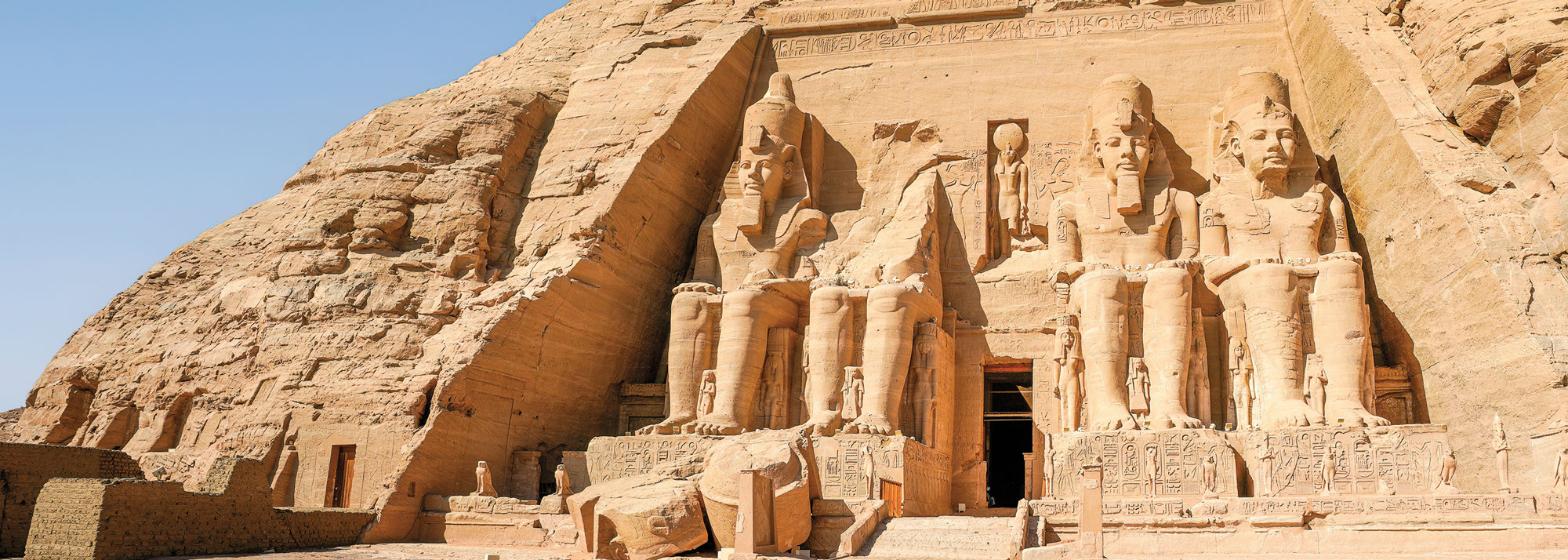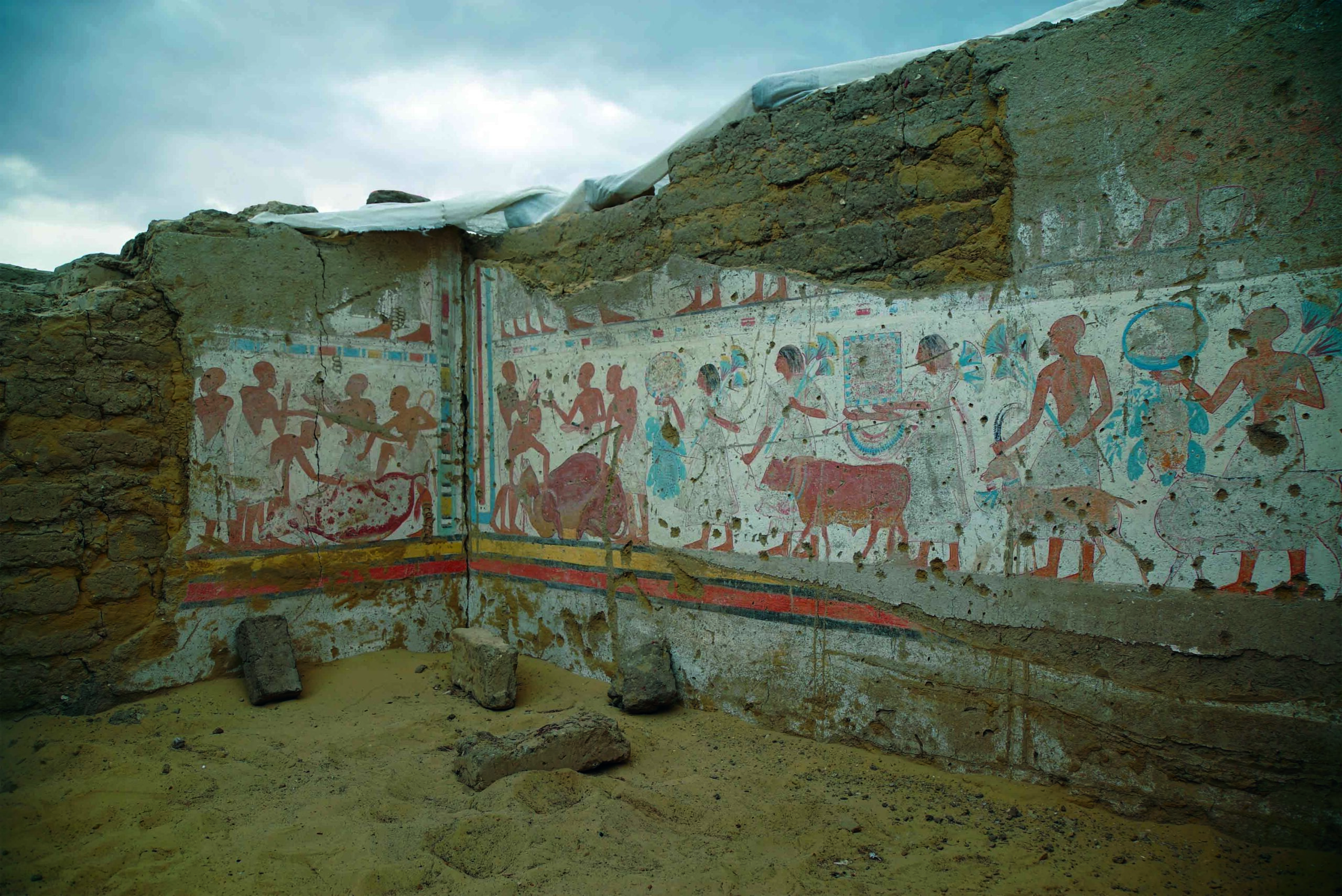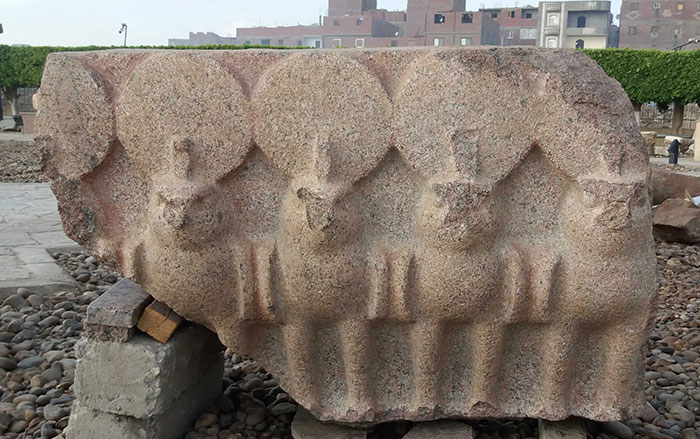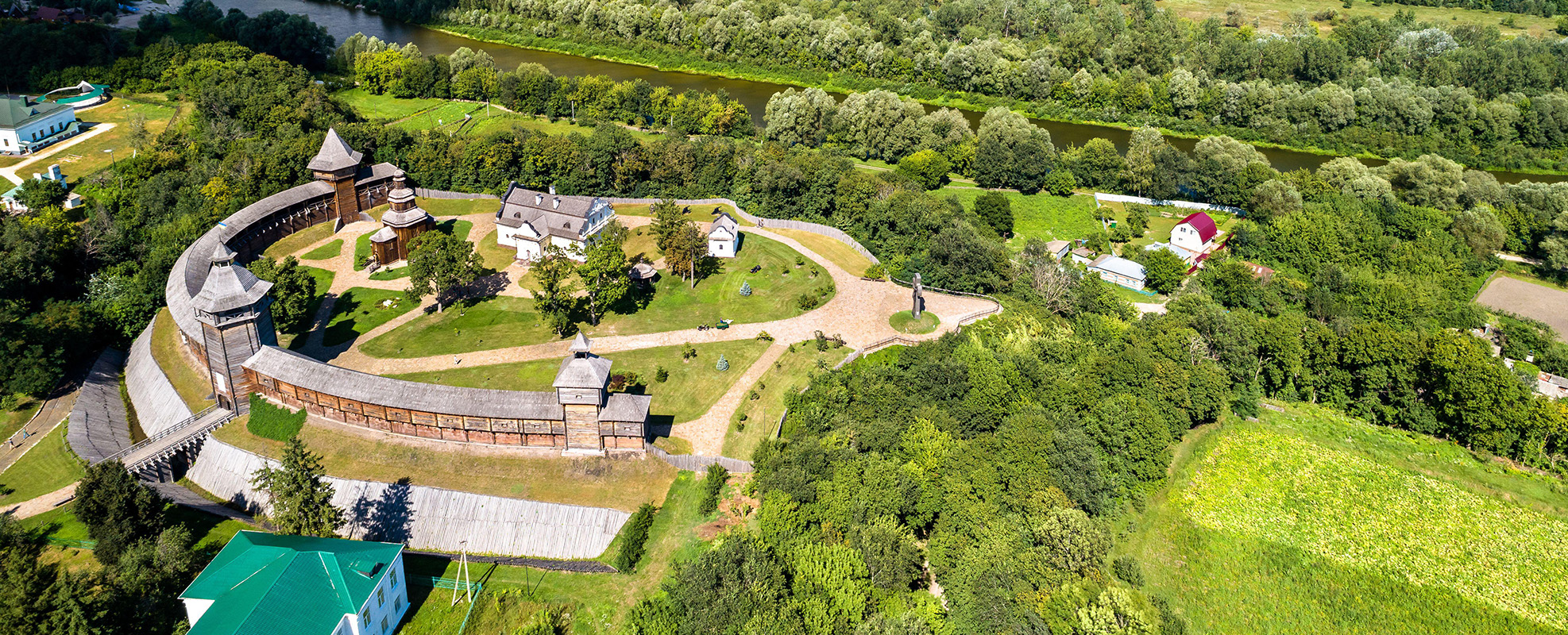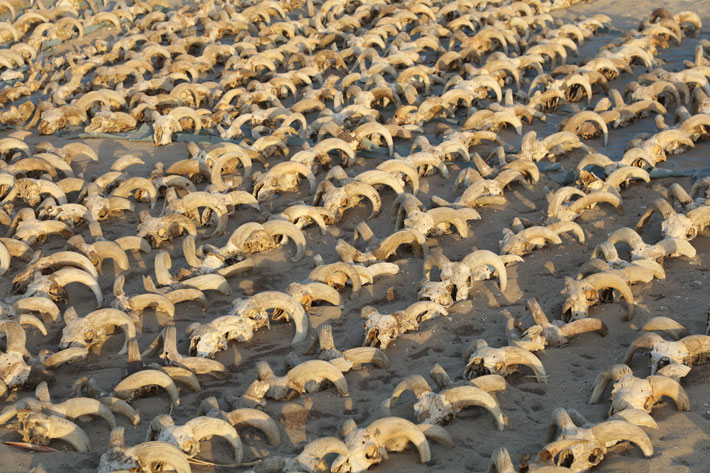
While exploring the surroundings of the temple of the pharaoh Ramesses II (reigned ca. 1279–1213 B.C.) in the ancient Egyptian city of Abydos, archaeologists from New York University’s Institute for the Study of the Ancient World uncovered an enormous collection of mummified animal heads in an ancient storage area. “We came across a skull, then another one, then five, ten, fifty, one hundred,” says Sameh Iskander, the head of the team. “We ended up with over two thousand skulls.”
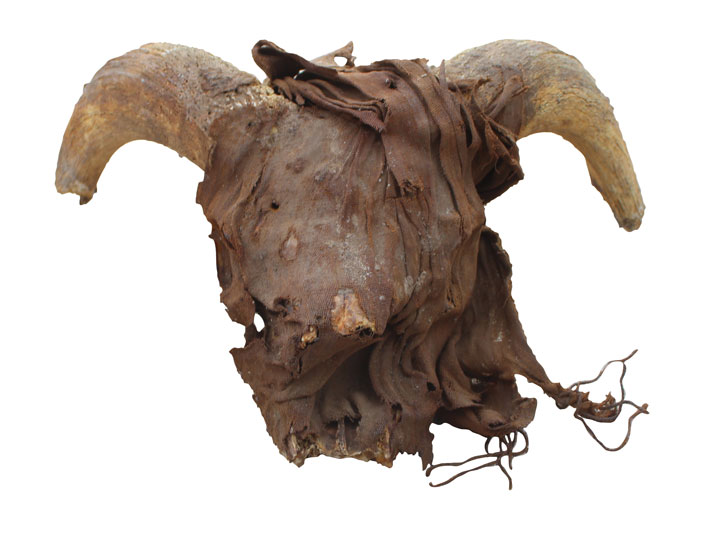
Iskander believes the skulls—mostly of rams, but also ewes, dogs, wild goats, mongooses, gazelles, and pigs—and around 150 cow mandibles were all deposited at the same time. Some of the skulls and other bones were still wrapped in linen with elaborate fringes. In the storage area, the team also found a papyrus roll detailing business transactions, a small bronze bell that would have hung from a ram’s neck, and a large quantity of leather items. The deposits date to the mid-Ptolemaic period, around 1,000 years after the time of Ramesses II, suggesting that the pharaoh was revered long after his death.



